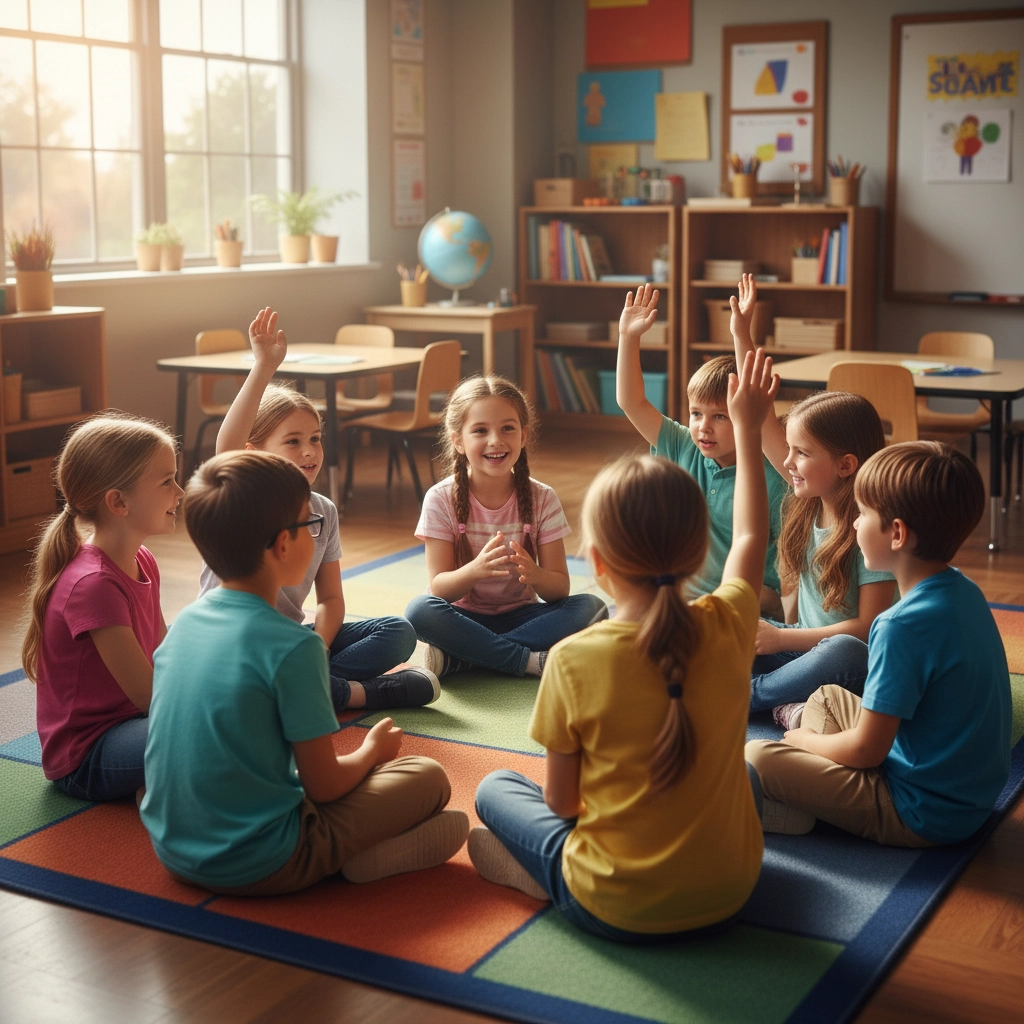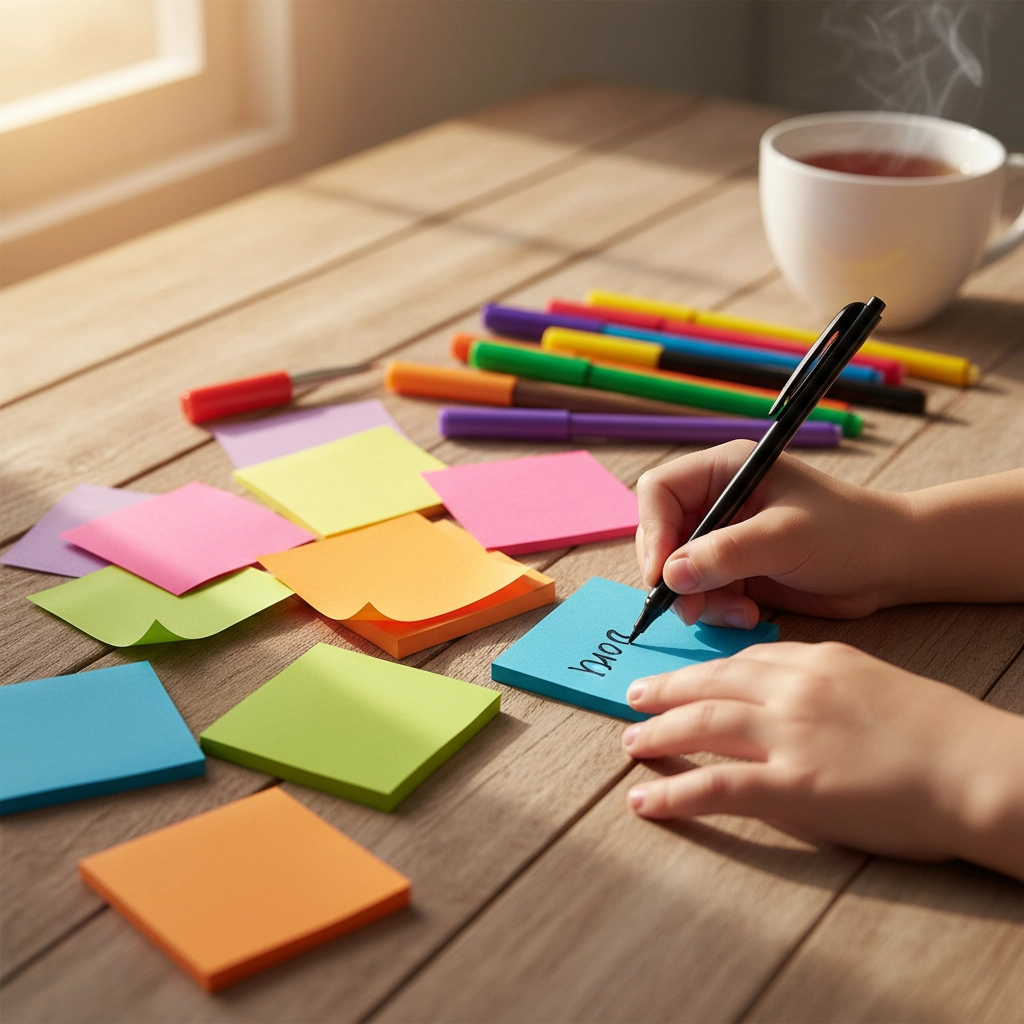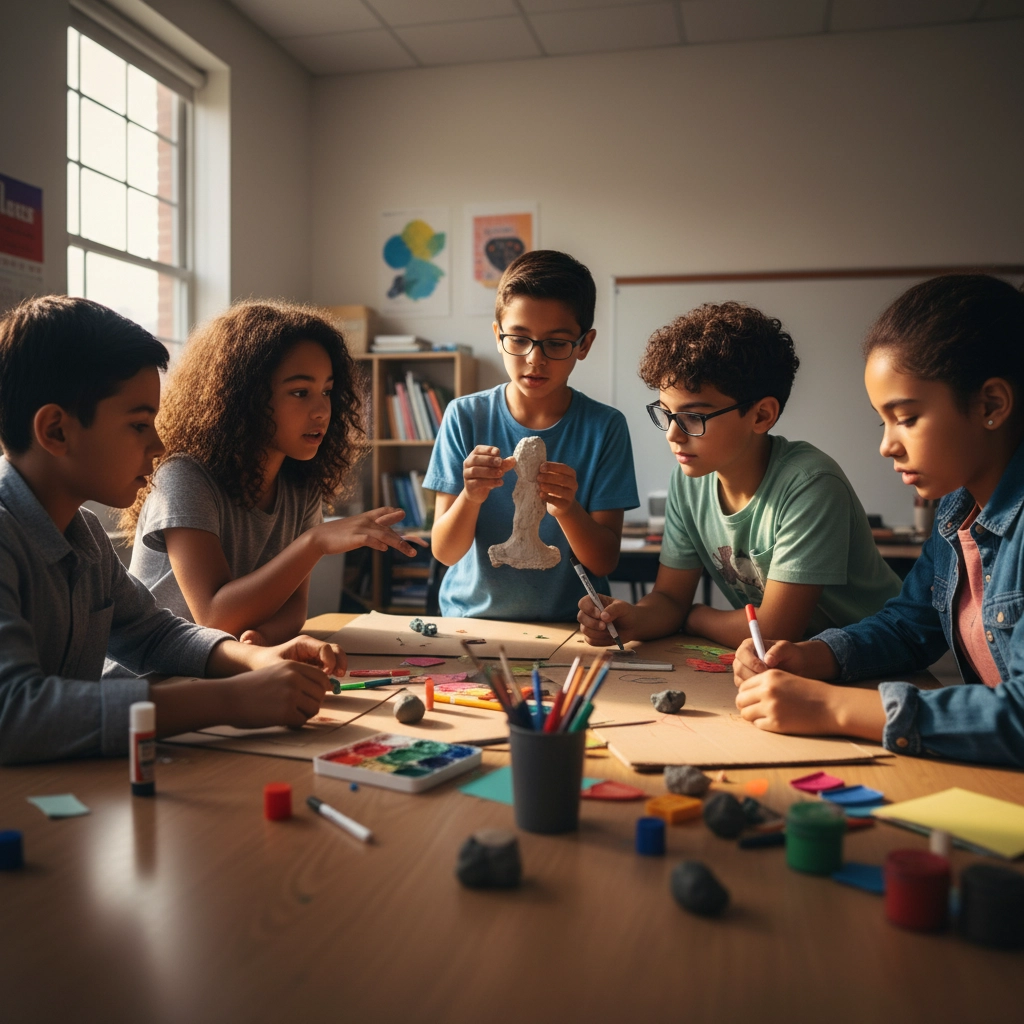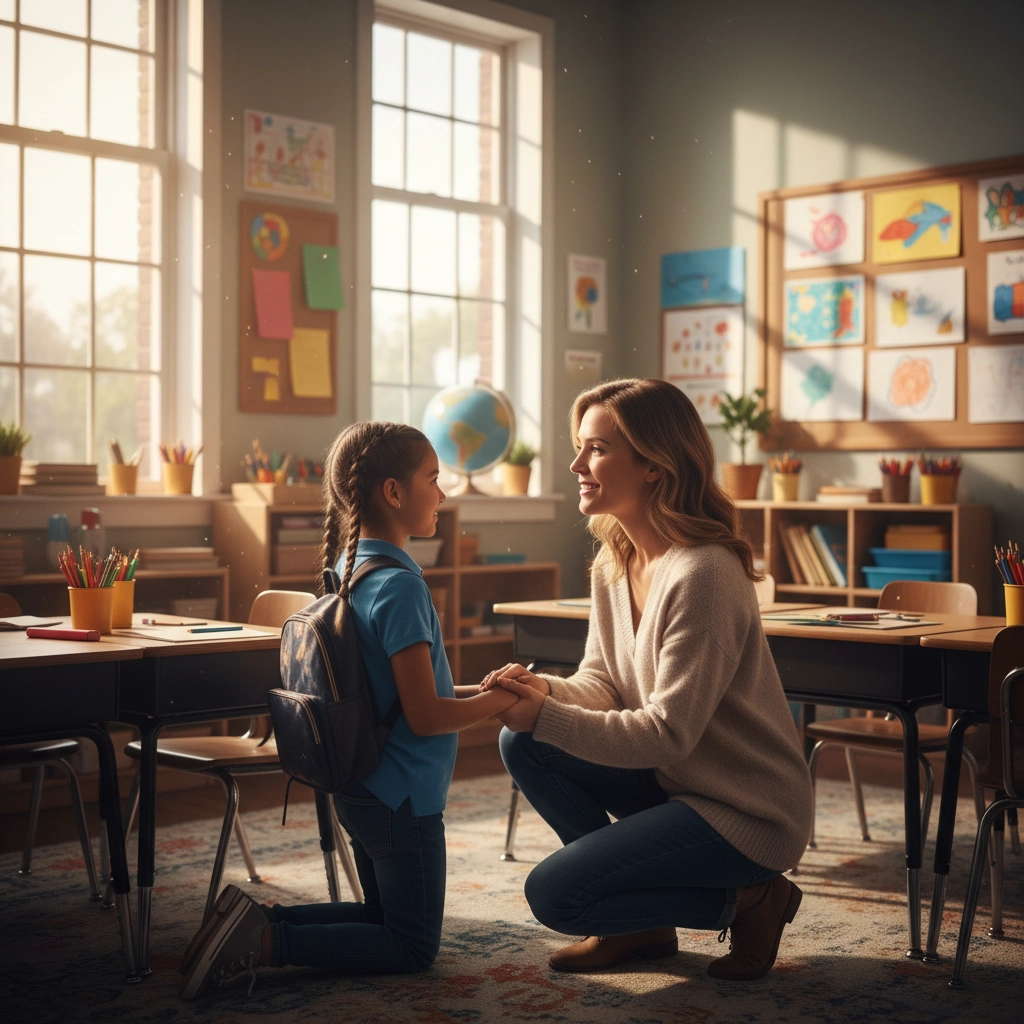There's something magical that happens when people gather around a warm cup of coffee – conversations flow, connections form, and a sense of community emerges. At Gently Ground Coffee, we see this every day in our shops. But did you know this same warmth and connection can transform classrooms into thriving communities where students learn not just academic subjects, but also how to be kind, compassionate human beings?
Just like how the perfect coffee blend brings out the best flavors, creating a culture of kindness in classrooms brings out the best in students. And the research backs this up – when teachers prioritize kindness and compassion, students don't just feel better, they actually learn better too.
The Science Behind Classroom Kindness
Here's something that might surprise you: kindness isn't just a nice-to-have in education – it's actually a learning superpower. Recent neuroscience research shows that when teachers create positive, stress-free environments, students develop greater emotional resilience and learn more efficiently at higher cognitive levels.
Think about it like brewing coffee. When you create the right conditions – the perfect water temperature, the right grind, the proper timing – you get an amazing cup. Same goes for learning. When students feel emotionally secure and supported, their brains are primed for higher-order thinking and better information retention.

Kindness in the classroom builds empathy and creates a safe space where students can take risks, make mistakes, and grow. It's like creating that cozy coffee shop atmosphere where everyone feels welcome and comfortable being themselves.
Getting Started: Simple Strategies That Work
Kindness Week: A Week-Long Adventure in Compassion
One of the most effective ways to jumpstart kindness in your classroom is by hosting a "Kindness Week." Challenge students to perform acts of kindness for others – writing compliment-filled notes, helping classmates with assignments, or simply offering a smile to someone having a tough day.
Students can document their kind actions throughout the week, keeping a kindness journal or creating a classroom kindness chart. At the end of the week, celebrate by having students share their experiences and reflect on how their actions made others (and themselves) feel.
Kindness Brainstorming Sessions
Gather your students for creative brainstorming sessions about ways to show compassion to classmates, family members, and community members. Start by asking students to share times when someone was kind to them – what did it look like? How did it make them feel?
For students who might be shy about sharing publicly, journaling can be a great alternative. Sometimes the most profound reflections happen when students have quiet time to think and write about their experiences with kindness.

Embracing Imagination and Empathy
Teaching kindness requires helping students develop the ability to step into someone else's shoes. Use literature, role-playing, and "what if" scenarios to help students practice empathy. Ask questions like "What would that feel like?" and encourage students to really think about different perspectives.
Children's author Katherine Applegate puts it perfectly: helping children ask "What would that feel like?" is one of the most powerful habits we can cultivate, because compassion requires active imagination.
Building a Culture That Lasts
Making Kindness Visible
Just like how we display our favorite coffee blends prominently in our shop, kindness needs to be visible and celebrated in the classroom. When you notice kind behavior, call it out specifically. Instead of just saying "good job," try "I noticed how you helped Sarah with her math problem by explaining it step-by-step. That made her feel supported and helped her understand the concept better."
Create visual reminders of kindness – a "kindness tree" where student names are added as leaves when they show compassion, or a photo wall showcasing kind acts throughout the classroom. This public recognition reinforces that kindness is valued and expected in your classroom community.
Student Leadership in Action
Some of the most powerful kindness initiatives are student-led. Consider starting a Kindness Club where students can organize events, projects, and campaigns that promote compassion throughout the school. These clubs might run kindness challenges, coordinate appreciation note campaigns, or develop collaborative projects.
Peer support programs take this even further by training students to be empathetic listeners and peer mentors. When students take ownership of creating a kind classroom culture, the changes become sustainable and authentic.

The Teacher's Role: Leading by Example
Here's the truth: the foundation of any kindness-focused classroom starts with you, the educator. Just like how a great barista sets the tone for the entire coffee shop experience, teachers serve as the emotional thermostat for their classrooms.
Demonstrate kindness through genuine greetings, acts of generosity, and expressions of gratitude. When you model compassionate behavior consistently, you create an environment where kindness isn't just taught – it's lived and experienced daily.
This extends to how you interact with colleagues too. When students see adults treating each other with respect and kindness, they learn that these values matter in all relationships, not just student-teacher ones.
Integrating Kindness with Learning
The beauty of kindness education is that it doesn't have to be separate from academic learning. In fact, it works best when it's woven throughout your regular curriculum. Use literature discussions to explore characters' motivations and feelings. In social studies, examine how communities support each other during difficult times. Even in math, you can create word problems that involve helping others or sharing resources fairly.
This whole-student approach helps students understand that academic achievement and emotional intelligence aren't competing priorities – they're complementary skills that work together to create successful, well-rounded individuals.
When Things Go Wrong: Restorative Practices
Let's be honest – even in the kindest classrooms, conflicts happen. But here's where you can really make kindness shine: instead of just punishing negative behavior, use restorative practices that focus on understanding, empathy, and making things right.
When conflicts arise, create opportunities for open communication. Help students understand how their actions affected others and work together to find solutions. This teaches students that kindness isn't just about being nice when everything's going well – it's about how we respond when things get difficult.

The Ripple Effect: Beyond the Classroom
The most amazing thing about teaching kindness is how it spreads. Just like how the aroma of freshly ground coffee can fill an entire room and draw people in, kindness has this incredible ability to ripple outward and create positive change in ways we might never even see.
Students who learn to treat others with respect and generosity in their classroom communities carry these values with them wherever they go. They become kinder family members, more compassionate friends, and eventually, adults who contribute to creating more caring communities.
Research shows that this ripple effect is real – acts of kindness in classrooms create meaningful impacts in larger communities. When we teach children that kindness matters, we're not just improving their school experience; we're investing in a more compassionate future for everyone.
Creating Your Kindness Community
Building a culture of compassion in your classroom is a lot like creating the perfect coffee blend – it takes time, patience, and attention to detail. But the results are worth it. When students feel safe, valued, and connected to their classroom community, they flourish in ways that extend far beyond academic achievement.
Start small. Pick one or two strategies that resonate with you and your students. Maybe it's implementing a weekly kindness challenge, or perhaps it's creating a more intentional way to recognize and celebrate compassionate behavior. The key is consistency and authenticity – students can tell when kindness is genuine versus when it's just another classroom rule.
Remember, you're not just teaching subjects; you're helping shape the kind of people your students will become. And in our increasingly connected but often disconnected world, there's no more important lesson than learning how to treat each other with kindness and compassion.
Just like how a great cup of coffee can brighten someone's entire day, the kindness you cultivate in your classroom can create positive moments that your students will carry with them for years to come. And that's a pretty amazing legacy to leave.




